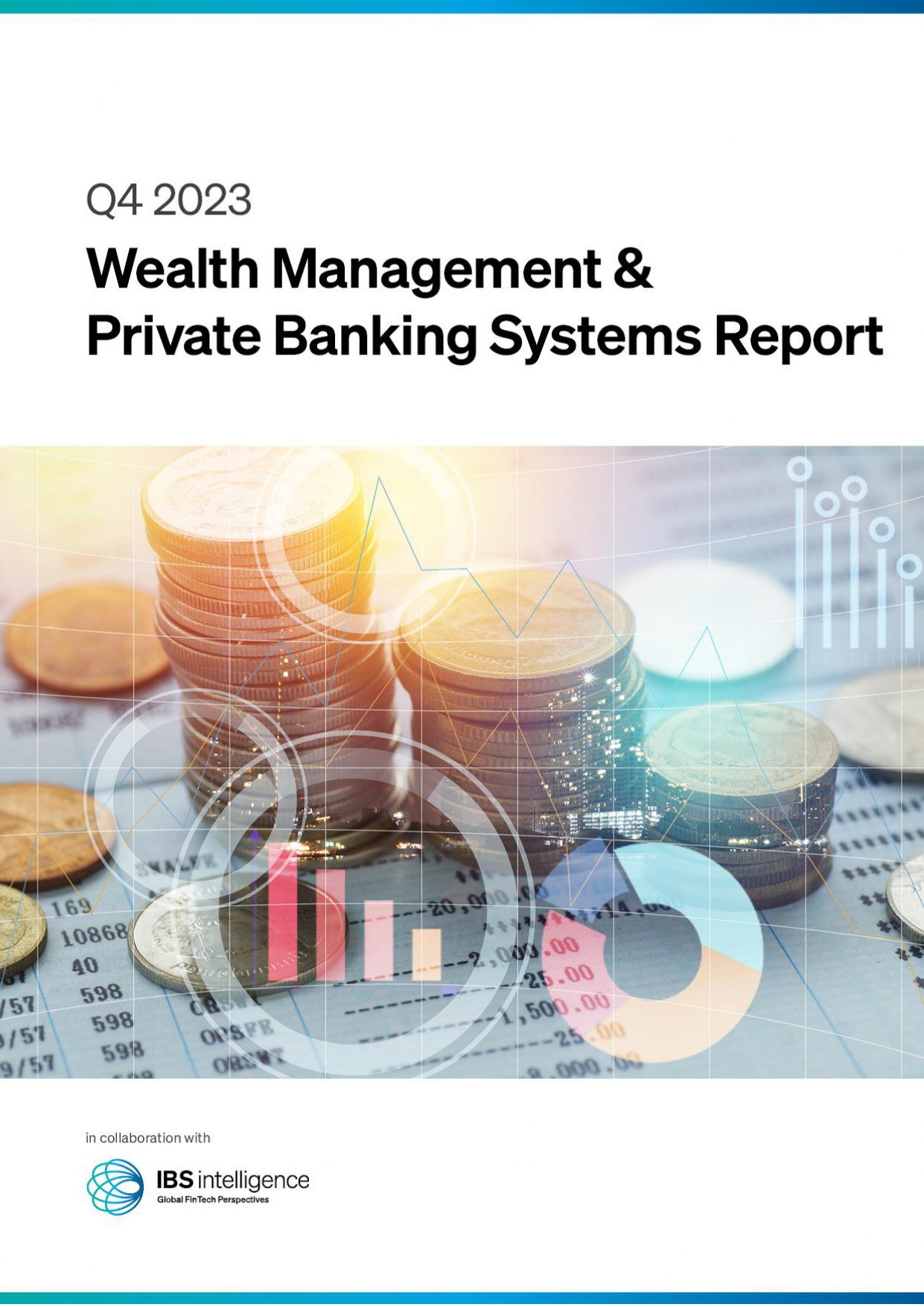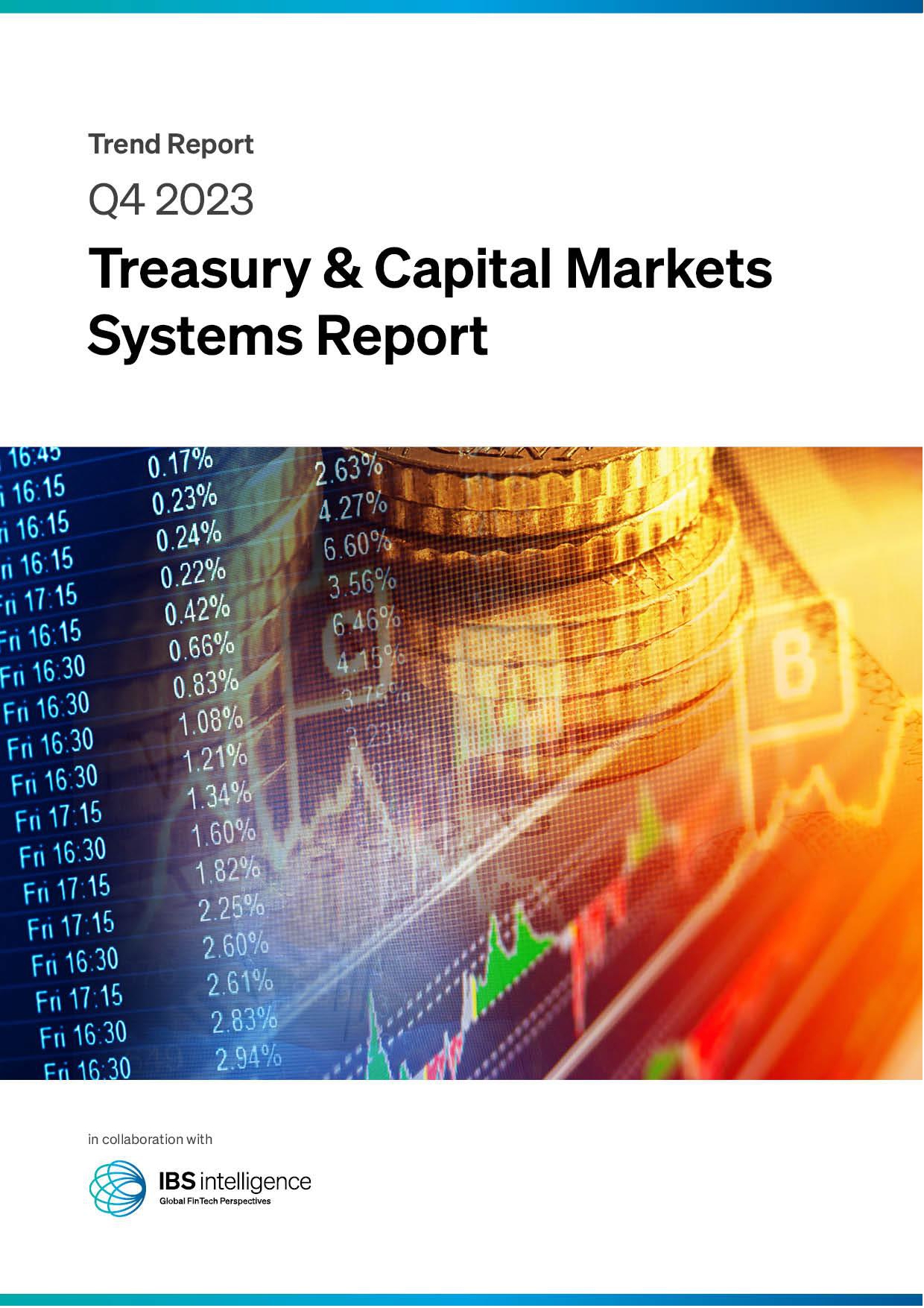What’s the difference between BaaS and embedded banking? Quite a lot
The problem with a loosely defined term is that its meaning can become stretched. Anyone who has described a stadium-filling act such as Ed Sheeran as “indie” because he plays a guitar is guilty of this.
Banking-as-a-Service (BaaS) is just such a loosely defined term.
Some providers have stretched the term to encompass services such as Open Banking, card platforms, and APIs. This confusion is further exacerbated when aggressive marketing campaigns overlap BaaS with another fast-growing term: embedded banking. Using one term to describe all of these disparate services makes about as much sense as using the same word to describe a multi-platinum-selling artist and the band playing to three people in the local pub.
By John Salter, Chief Customer Officer at ClearBank

Confusion over these terms is already widespread. According to Aite, a third of fintech providers do not believe there is any difference between embedded banking and BaaS.
There are, however, important differences between BaaS and embedded banking. Businesses need to understand the differences between these two concepts if they are to understand their own responsibilities, especially around governance and compliance, and what it could mean for scaling up or adding new features in the future.
Breaking it down: What’s the difference?
Despite its name, BaaS does not necessarily mean working directly with the holder of a banking license or that the services provided require a license. Instead, providers offer banking-related services and infrastructure, sometimes on behalf of a licensed bank, to firms including fintech startups, e-commerce platforms, and even other financial institutions.
BaaS is a “push” model. A banking product is created and offered “as a service” to a potential user. BaaS is the distribution of banking products to financial institutions and non-financial institutions. For example, non-bank players like Uber or Lyft work with a BaaS provider that is responsible for payments, cards, accounts, and loans. However, who is responsible for compliance and governance can vary between providers and use cases.
On the other hand, embedded banking is on the “pull” side. Which simply means that financial services and products are embedded into financial or non-financial platforms, such as e-commerce and mobile banking applications. Embedded banking is the provision of a banking service directly from the holder of a banking license and embedded directly into the user experience. A typical example would be the Buy Now Pay Later (BNPL) functionality online shops have included at the point of purchase for customers to access instalment payment options.
Do businesses need to understand the difference?
Should anyone care about this? This is a good question as most businesses won’t start with the question of whether they want BaaS or embedded banking. In fact, they’re unlikely to ask this question at all. Instead, they will have specific requirements for banking or banking-like services, and approach the right provider with those needs in mind.
So, who cares? Aren’t we simply over-analysing the technicalities?
It may seem so, but there are important implications for regulation and who is responsible for compliance.
BaaS providers may have a banking licence, or they may hold an EMI licence. Embedded banking providers are, by definition, holders of a banking licence. It’s important when entering into any agreement that the customer-facing business understands the regulatory nature of the agreement—who is responsible for compliance and KYC, how funds are safeguarded, and whether they are protected by a full banking licence. There is already concern from regulators around where consumers’ money is held and how safe it is—is there enough transparency? Knowing the difference is important, especially when the “gold standard” is when funds are held by a bank in an embedded solution.
Businesses aiming to enhance their offerings with financial services have the potential to create differentiated services that set them apart from the competition. But working with the right partner is crucial to success. When evaluating a partner, businesses must consider the range of services on offer, technology implications, compliance, security, and more.
So, a clear understanding of the differences between BaaS and embedded banking will make it easier for any business to decide what is right for them and their customers.
IBSi News

January 16, 2024
APIs
FinBox & Capital Now team to enhance digital onboarding and risk assessment
Read More- Daily insightful Financial Technology news analysis
- Weekly snapshots of industry deals, events & insights
- Weekly global FinTech case study
- Chart of the Week curated by IBSi’s Research Team
- Monthly issues of the iconic IBSi FinTech Journal
- Exclusive invitation to a flagship IBSi on-ground event of your choice
IBSi FinTech Journal

- Most trusted FinTech journal since 1991
- Digital monthly issue
- 60+ pages of research, analysis, interviews, opinions, and rankings
- Global coverage
Other Related Blogs
December 19, 2023
Digital Disruption: How FinTechs Are Outpacing Traditional Banks in Trade Finance
Read MoreNovember 16, 2023
A cleaner, greener future; Why fintech can lead the way to greater sustainability
Read MoreRelated Reports

Sales League Table Report 2023
Know More
Global Digital Banking Vendor & Landscape Report Q4 2023
Know More
Wealth Management & Private Banking Systems Report Q4 2023
Know More
IBSi Spectrum Report: Supply Chain Finance Platforms Q4 2023
Know More
